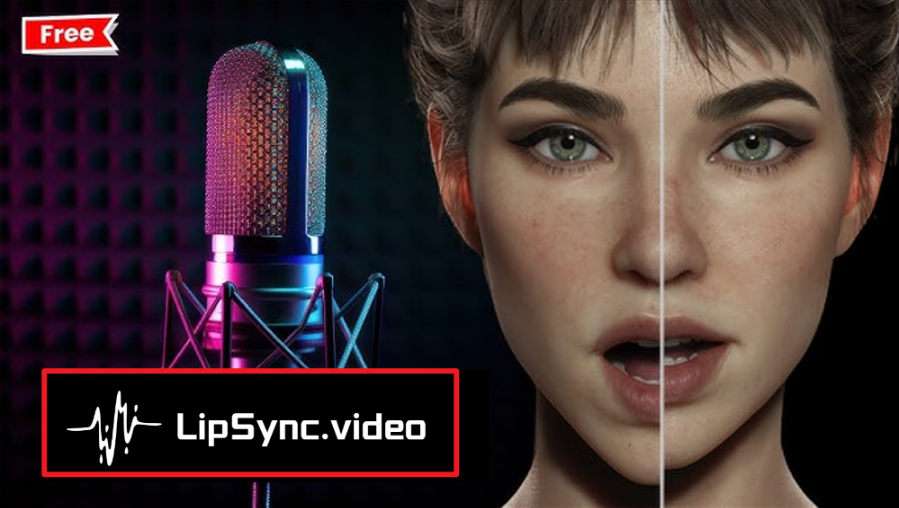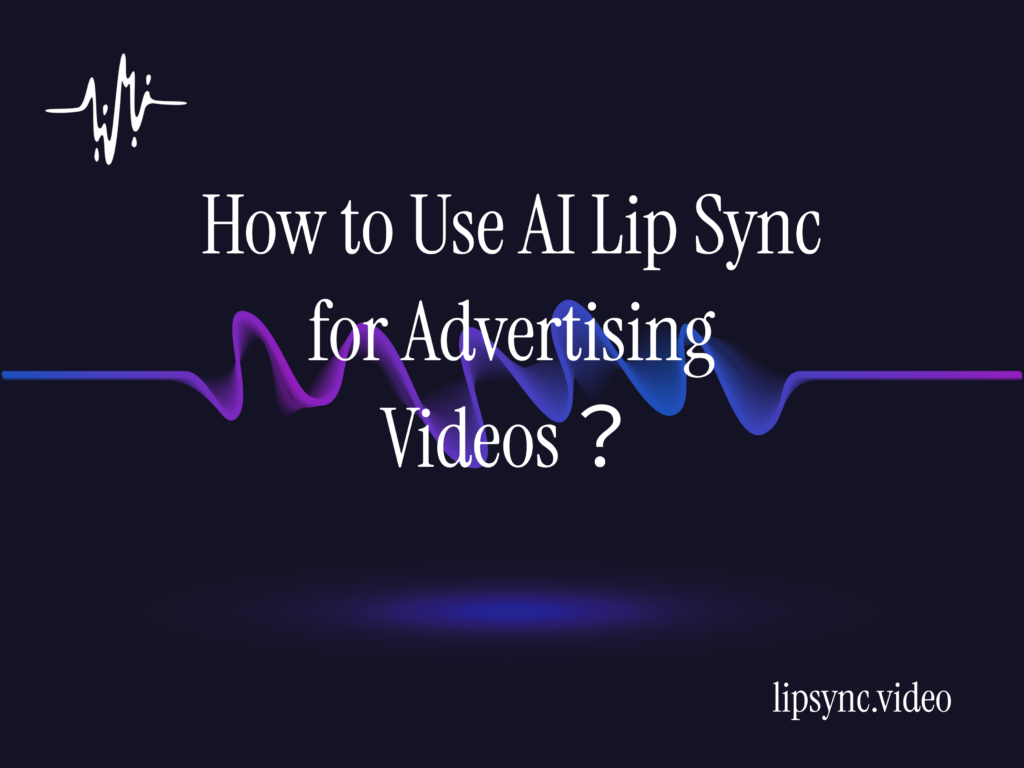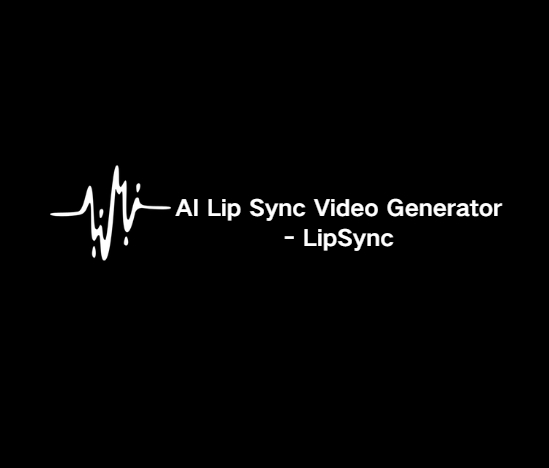Fantasy Talking with AI: Realistic Lip Sync Made Easy
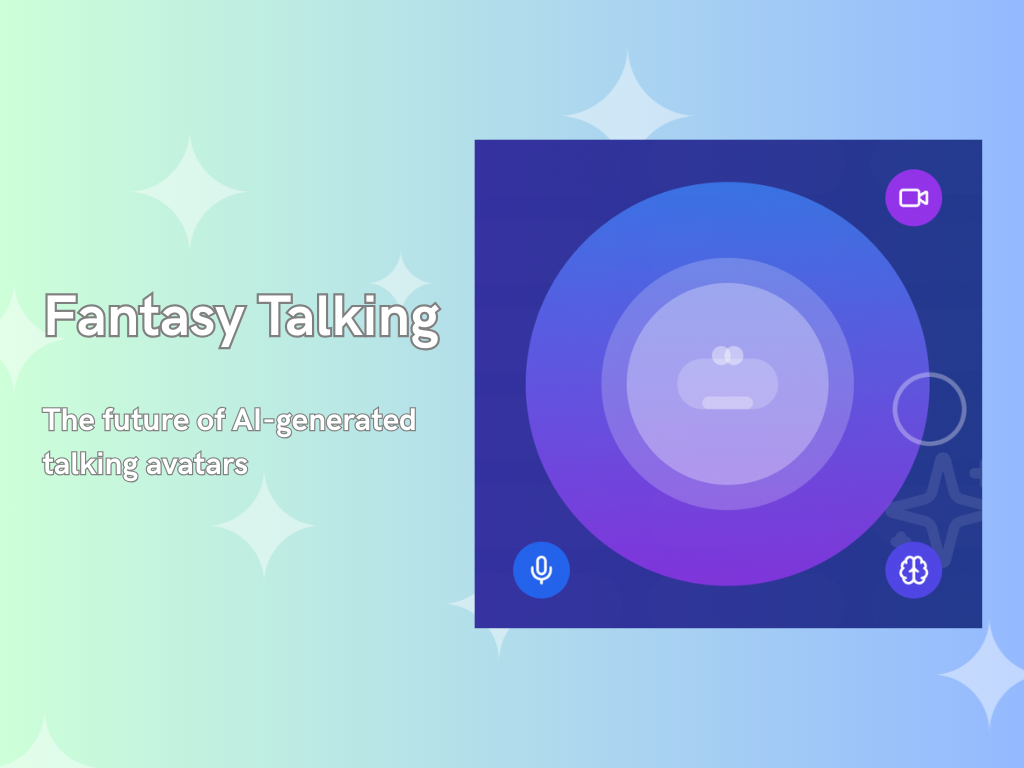
In the past few years, the integration of artificial intelligence and video generation has ushered in a new frontier in media development. There have been many innovations that have made an impact on the digital content space, however, one trend has emerged that creatives, educators, marketers, and developers have been excited about—Fantasy Talking.
But what is Fantasy Talking and why is it rapidly becoming a key pillar in AI video generation? And how is lipsync.video enabling users to utilize and its approaches to create ultra-realistic avatars and synchronized video content?
In this blog, we will look at what Fantasy Talking means today within the AI ecosystem, its underpinning technology, as well as explain how it is powering the face of lip sync animation—especially through a platform like lipsync.video.
What is Fantasy Talking?
"Fantasy Talking" is not (yet) a commonly-known term, but it is fast becoming a shorthand to address a powerful combination of technologies that accomplish AI-created talking faces. It often refers to manipulating static images, audio, or text into realistic videos of people—and or fictional characters—speaking.
Whether a historical character giving a delivered speech, a cartoon character giving pr-marketing content, or a virtual avatar just saying hello on a personalized basis, Fantasy Talking pulls together a number of deep learning areas:
- Text-to-Speech (TTS) to create natural audio
- Audio-to-Visual Sync to match lip movements with speech
- Talking Head Generation to animate a human or humanoid face
In short, Fantasy talking is a combination of voice synthesis, facial animations, and generative media. In addition to digital humans, some applications include e-learning, customer service or bot, and entertainment.
The Tech Behind Fantasy Talking
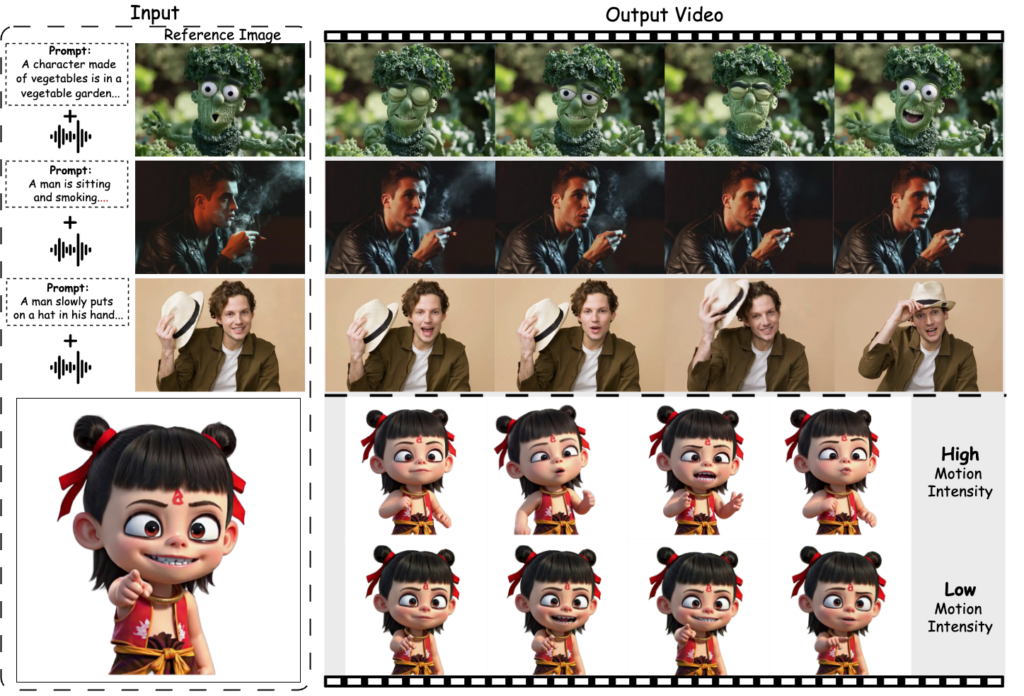
To understand Fantasy Talking, we need to explore the technologies that power it. Most implementations involve a pipeline of AI models that work together to generate a seamless talking head video from audio or text input. Here’s a typical process:
1. Text-to-speech (TTS)
If the input starts as text, a TTS model such as Tacotron 2 or VITS converts it into spoken audio using a trained voice. Some platforms allow voice cloning to replicate specific speaker identities.
2. Audio-to-Lip Animation
The core of Fantasy Talking lies here. Models like Wav2Lip, SadTalker, or MakeItTalk generate mouth movements that align with the audio. These models analyze the phonemes and waveform structure of speech to predict accurate lip shapes and facial movements.
3. Talking Head Generation
Depending on the tool, a static image or 3D model of a face is used as the base. Using techniques like keypoint warping or GAN-based frame synthesis, the model creates realistic facial animations synced with the input speech. For instance:
- SadTalker generates expressive talking head videos from a single photo and audio.
- First Order Motion Model animates images based on driving videos.
4. Post-processing & Enhancement
Optional steps may include:
- Face alignment & cropping
- Frame interpolation for smoother motion
- Eye blinking and head movement simulation
- Audio enhancement for realism
These steps collectively enable the creation of high-fidelity talking avatars—even from just one photo.
Why Fantasy Talking Matters?

Fantasy Talking isn’t just a gimmick—it’s a leap forward for accessibility, creativity, and automation. Here are some of the practical applications:
- Content Creation at Scale: Creators can generate talking head videos without cameras, actors, or studios.
- Language Localization: Easily dub videos with native-level lip sync for global audiences.
- Virtual Assistants & Avatars: AI-driven avatars offer a face to chatbots, guides, and online teachers.
- Historical & Fictional Characters: Bring museum exhibits, stories, or game NPCs to life.
- Marketing & Personalization: Personalized video messages with tailored speech and identity.
How lipsync.video Integrates Fantasy Talking

At lipsync.video, we’re building the bridge between raw AI capability and creator-friendly tools. Our platform simplifies the Fantasy Talking workflow so that users—regardless of technical background—can generate lip-synced talking videos in minutes.
Here’s how it works:
- Upload a Video or Photo: Users can start with a static image, an existing video, or a template.
- Add Audio or Text: Use your own audio, or input text to be converted into speech with realistic TTS voices.
- Render & Share: The final output is a fully synced talking head video—optimized for platforms like TikTok, YouTube, or marketing campaigns.
We also offer customization for:
- Voice styles
- Facial expressions
- Video resolution
- Background replacement
Our goal is to make AI-powered lip sync and facial animation accessible, fast, and scalable.
Comparison With Other AI Avatar Platforms
While tools like Synthesia, HeyGen, and D-ID offer similar functionality, lipsync.video focuses on:
- Flexible Input: Use any voice, video ( images will be available soon )
- Customization: Fine-tune output models, voices, and appearance
- Rich templates: video templates for various scenarios are provided (real people, AI digital people, etc.)
- Affordability: Completely free
We support experimental workflows and power users who want to test new things—not just polished corporate videos.
The Future of Fantasy Talking
Fantasy Talking is just getting started. With the rise of multimodal models like GPT-4 and Sora, we can expect dramatic improvements in how AI understands emotion, expression, and timing. Looking ahead, we envision:
- Full-body avatar animation
- Real-time streaming avatars
- Emotion-aware talking heads
- Deep personality modeling
At lipsync.video, we’re actively exploring these directions, integrating new models and user feedback to push the boundaries of what’s possible in automated video creation.
Final Thoughts
Fantasy Talking represents more than a technological gimmick—it’s a shift in how we produce, personalize, and share human-like content at scale. Whether you’re a creator, marketer, educator, or developer, the ability to generate talking head videos in minutes is a superpower.
With platforms like lipsync.video, that power is at your fingertips.
Try it today and see how AI-driven lip sync can bring your ideas to life—one talking avatar at a time.
